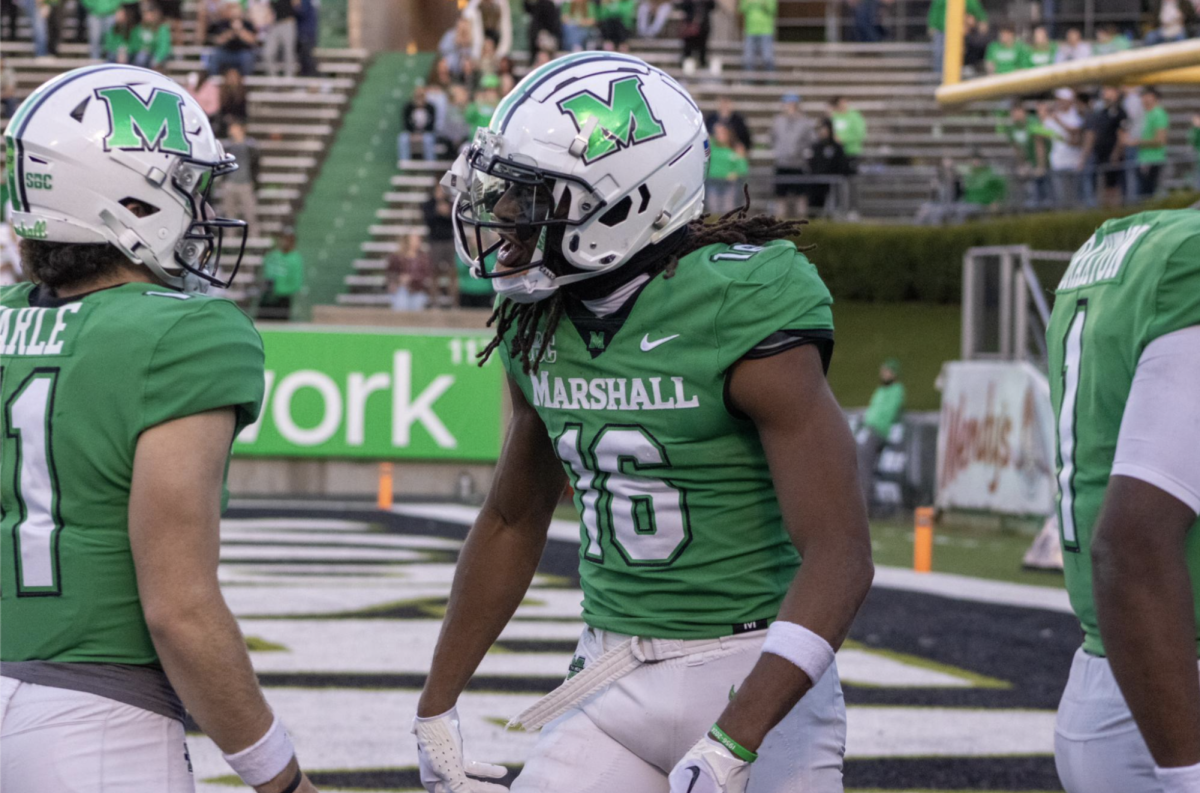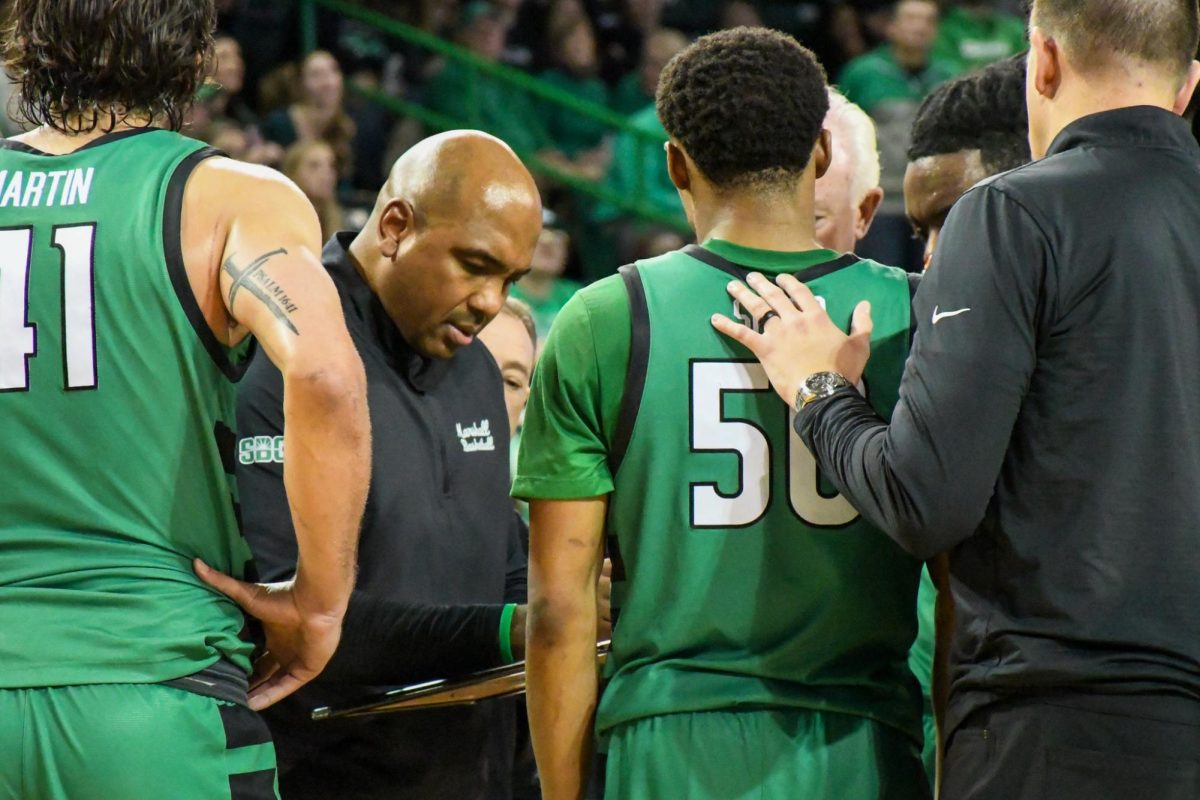Editorial: A tale of two elections
November 9, 2017
Election night 2016 was, for many, an uncertain turning point, sparking division and hurtling the country into an identity crisis we’re still struggling with today. President Donald Trump’s election was said to be a referendum on the progressive policies of the Barack Obama administration by the “forgotten Americans” who believed they had been shafted by such policies. According to talk show hosts like Fox News’ Sean Hannity, these “real Americans” had spoken, and those of us who valued decency and a reasonably competent understanding of American institutions were merely “coddled, crybaby liberals” who needed to “grow up.”
But a year later, election night 2017 showed us a different, and perhaps more accurate, side of America, as the country rejected a newly emboldened bigotry and embraced experience, diversity and civility from elected officials.
The 2017 election saw big wins for two openly transgender individuals, with Danica Roem, the first openly transgender candidate to be elected to a state legislative body, winning a seat in Virginia House of the Delegates and Andrea Jenkins, the first openly transgender person of color elected to public office, chosen to serve on the Minneapolis City Council. Before their successful campaigns, Roem worked as a journalist and Jenkins carried 25 years of public service experience, according to CNN. In addition to this leap forward, New Jersey elected its first Sikh mayor, Seattle, Washington elected its first lesbian mayor and Provo, the third largest city in Utah, elected its first female mayor.
A takeaway just as important is that “Trumpism without the Trump,” as many news outlets characterized Republican Ed Gillepsie’s Virginia gubernatorial campaign, didn’t measure up.
Throughout the election, Gillepsie echoed several Trump talking points, arguing for Confederate monuments, distributing flyers criticizing NFL players for kneeling during the national anthem and accusing democratic contender and ultimate victor Lt. Gov. Ralph Northman of supporting sanctuary cities, according to The Daily Beast. But Gillepsie’s approach failed, signaling that future attempts to spark the same populist movement Trump seized in 2016 could similarly backfire.
The tight race for the governorship of Virginia and the embrace of more diverse candidates may be a preview of what to expect in the 2018 midterms should young progressives turn out to vote. According to PBS, young voters drove candidates like Northman over the finish line. Exit polls report that 14 percent of voters in the Virginia gubernatorial race were between 18 and 29, with 69 percent of the demographic opting for Northman and 30 for Gillepsie.
The elections of Roem, Jenkins and other LGBTQ+ candidates may also correlate positively a younger electorate hitting the polls. According to Pew Research Center, 83 percent of individuals 18 to 29 show support for homosexuality, indicating that issues such as sexual orientation or gender identity aren’t barriers most young voters have to overcome.
While the 2017 election certainly didn’t carry the scale or importance of a presidential election, it reflected a more hopeful, accepting America with a politics characterized by decency rather than brash insults and a large indifference for entire groups of people.
Following her win, Roem did not gloat, nor did she lash out at Republican challenger Bob Marshall, an outspoken opponent of transgender rights who repeatedly used male pronouns when referring to Roem throughout the campaign, according to The New York Times. Instead, she responded with the poise that should be expected of public officials.
“I don’t attack my constituents,” Roem said when asked if she had anything to say to Marshall. “Bob is my constituent now.”
Such a response is refreshing to hear after a year of needlessly cruel politics from a divided America. While the 2018 midterm elections are still a year away and it’s impossible to tell whether the momentum we saw in this year’s election will preserve for another year, the promise of more diverse, competent and graceful public officials may entice more Americans to cast their ballots.











